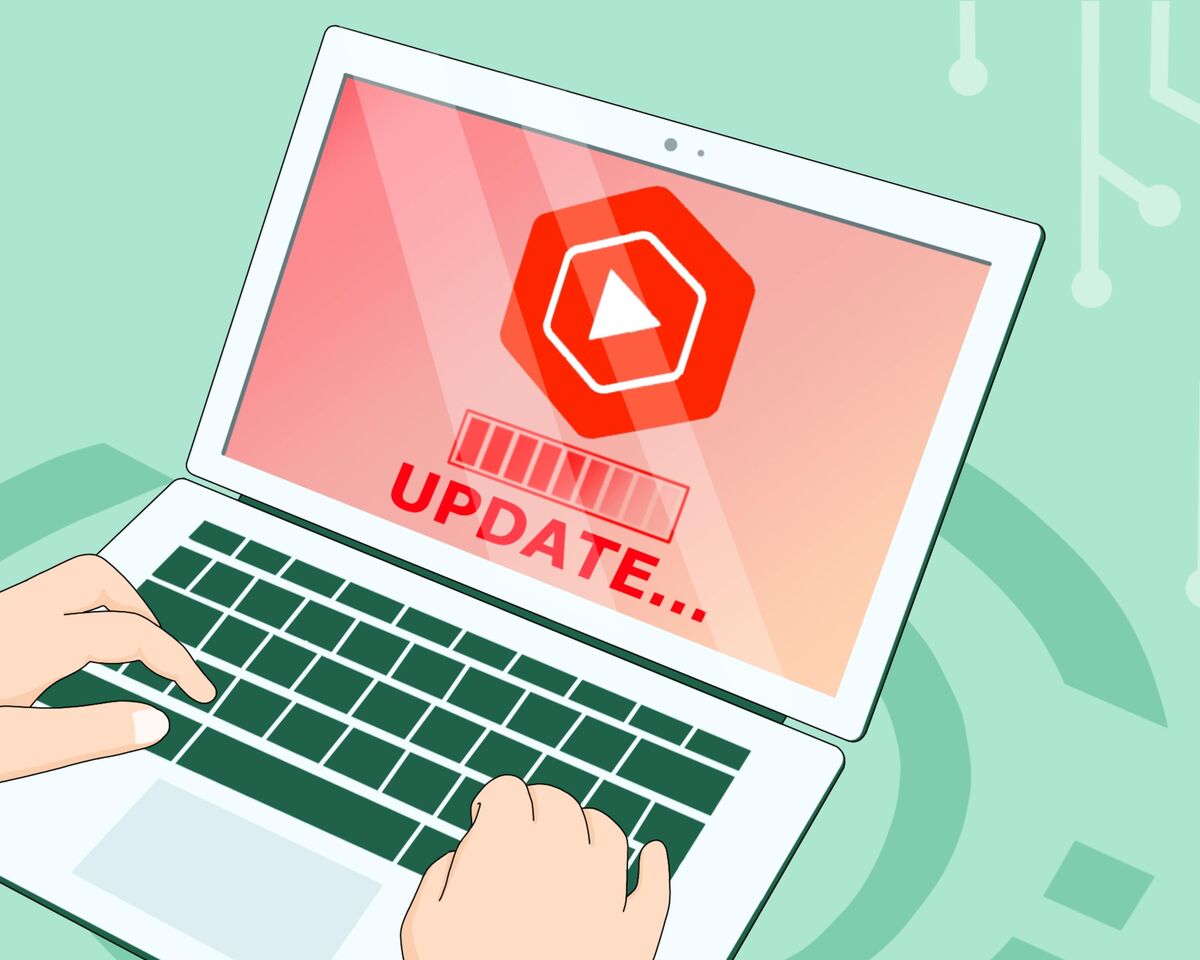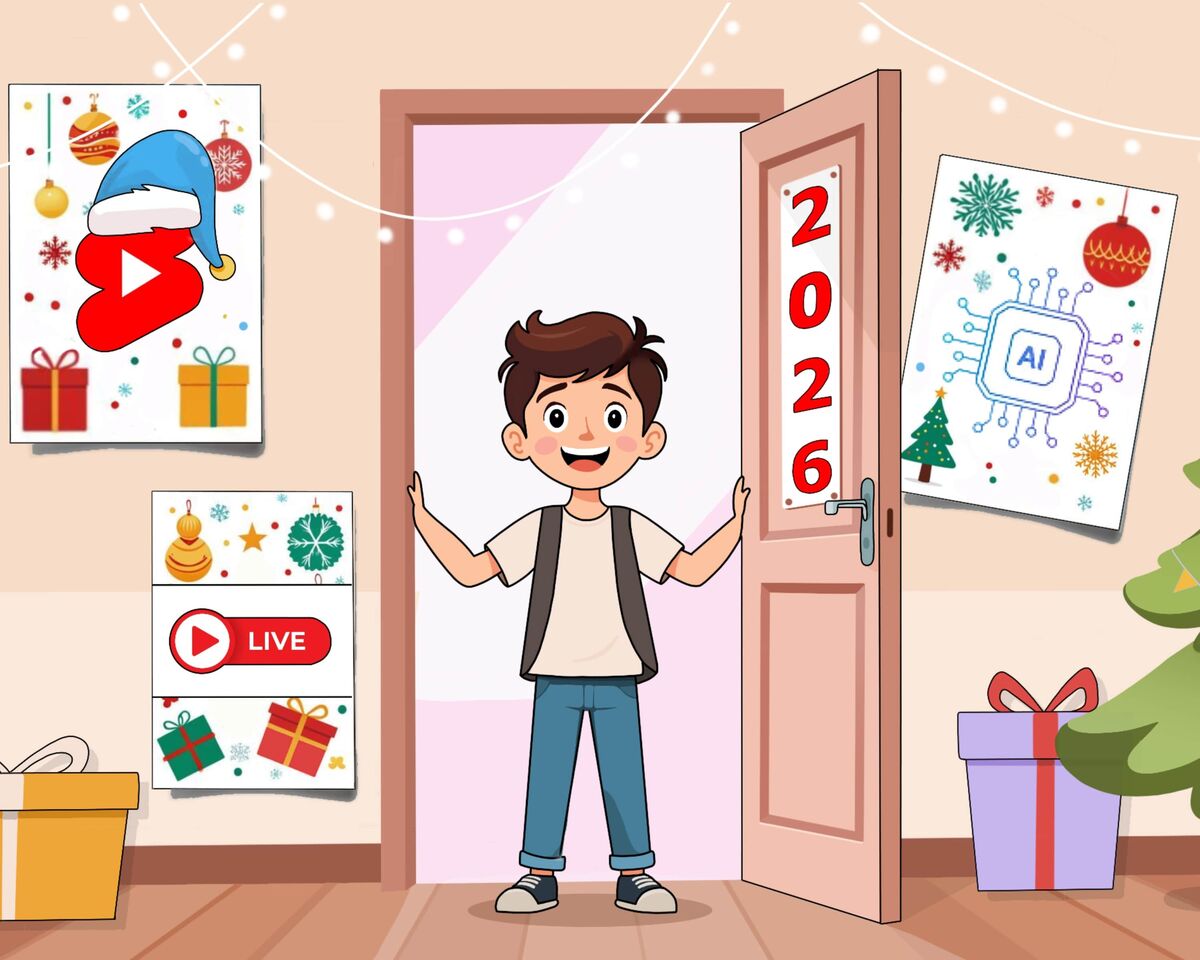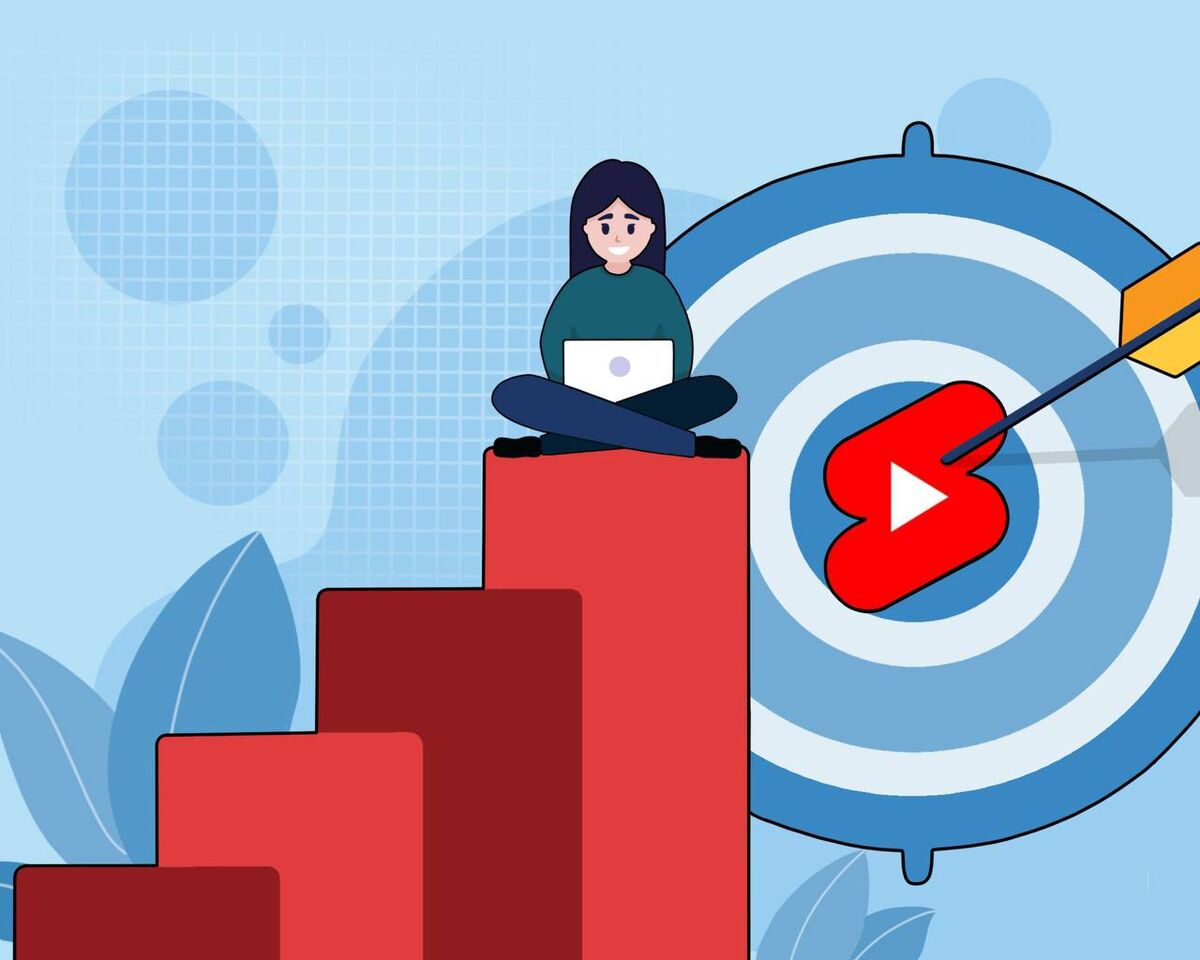Double Your YouTube Growth with This Simple Posting Strategy
 There is no universal timing or frequency for publishing videos that fits all creators on the platform.
There is no universal timing or frequency for publishing videos that fits all creators on the platform.
Creators keep asking questions:
“Is there a special time of day when newly published videos get more views?”
“How many videos a day do I need to post to reach 1,000 subscribers from scratch in 2 weeks?”
Funny as it sounds, creators often worry more about timing and upload frequency than about a good script, non-ear-bleeding audio, or clickable thumbnails and titles.
So let’s find out: are these concerns justified? And is it really worth the stress?
First, if we’re talking about videos within just one country—for example, the United States of America—we’re dealing with 9 different time zones. So creating a one-size-fits-all formula for someone in both Honolulu and New York just doesn’t work.
If we try to answer the headline question briefly, we don’t even need analytics for this: the answer is — you need a time and frequency that’s convenient for your audience. Frequency is a secondary concern.
But to be more precise, we will look at Analytics. And to make the best diagnosis regarding when to upload to YouTube, the first thing you need to check is your audience's age.
This helps you understand your viewers and apply logic. If your viewers are children or teens under 18, their peak activity is likely between 4 PM and 10 PM. That’s reasonable — school usually ends around 3 PM, and they’re generally in bed before midnight.
Of course, this varies depending on the country your audience is in.
With an adult working audience, free time shifts to 6–7 PM, since a typical workday runs from 9 AM to 6 PM.
We recommend that you study your audience if you haven’t already. All the necessary data can be found in Analytics under the “Audience” tab.
Also note that somewhere in the middle of the day—between 1 PM and 3 PM—there’s often another golden window for uploads. Why? Because people take lunch breaks, and many spend them watching YouTube.
A quick tip: if you want to ride the wave of viewer activity, publish your video just before that peak time so YouTube has time to “throw some fuel into the algorithm furnace” and give your video a boost.
Speaking of which, this year the folks at Buffer conducted a full-scale study to find the best time to post videos. They pointed out that posting time is not some magic pill that will instantly bring views, but rather a bonus to the solid work you’ve already done in planning, filming, and preparing your content.
Buffer analyzed over a million YouTube videos and found that the highest-performing videos were published on Wednesdays at 4 PM. Other strong days were Monday and Thursday, at the same time — 4 PM.
And if you’re curious about the rest of the week, here’s what they found:
On average, across the entire week, the most effective time for posting was between 3 PM and 5 PM. The researchers link this to the fact that over 40% of YouTube viewers are working-age adults (ages 25 to 44) who tend to watch content near the end of their workday.
In essence, this data confirms what we said earlier — everything ultimately depends on your audience and their lifestyle. That’s why the “When your viewers are on YouTube” section in the “Audience” tab can be extremely useful.
But one warning: that weekly time chart shows when your potential audience is most active on the platform — not necessarily your actual subscribers. Keep that in mind.
If you don’t yet have audience data in Creator Studio (which is normal for smaller channels), just use logic: Who are your viewers? When and why would they be watching YouTube?
As for publishing frequency, things are a bit trickier.
Technically, nothing stops you from posting long-form videos daily, weekly, or even monthly. The key is consistency.
But don’t forget: YouTube now offers more than just long-form videos. You’ve also got Shorts, livestreams, and Community posts(Updates). All of these are tools to keep your audience engaged.
Shorts, for example, are great for filling the gaps between long videos. They’re quicker to produce and can even act as trailers for longer content—assuming you use them wisely.
One crucial thing to consider in all this: balance. If you post several Shorts a day plus a bunch of Community updates, your audience may start to feel fatigued.
Viewer fatigue is when your audience gets so overwhelmed by your constant posting that they either unsubscribe or simply start ignoring notifications.
The opposite problem is posting too rarely. If your uploads are few and far between, your audience may forget about you or grow tired of waiting. Then your videos disappear from their recommendation feeds, their homepages, and—eventually—from their subscriptions list if they choose to unsubscribe.
Most common YouTube questions, including this one, can be answered with the data in your channel’s Analytics. But to use that data effectively (and keep your sanity), you’ll still need to invest time and effort — yes, even when it comes to timing and frequency.
Treat it as an investment in your future success on the platform. Because without experience and self-improvement, you can’t draw conclusions or move forward — in YouTube or in any field.




